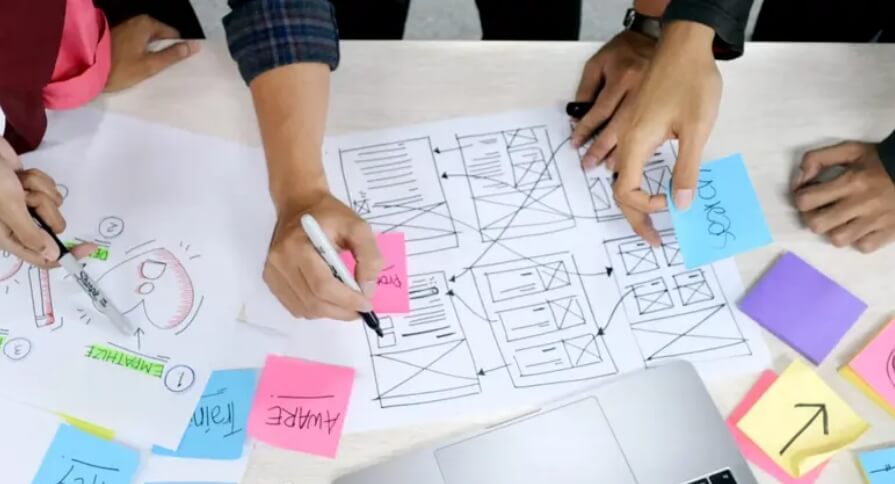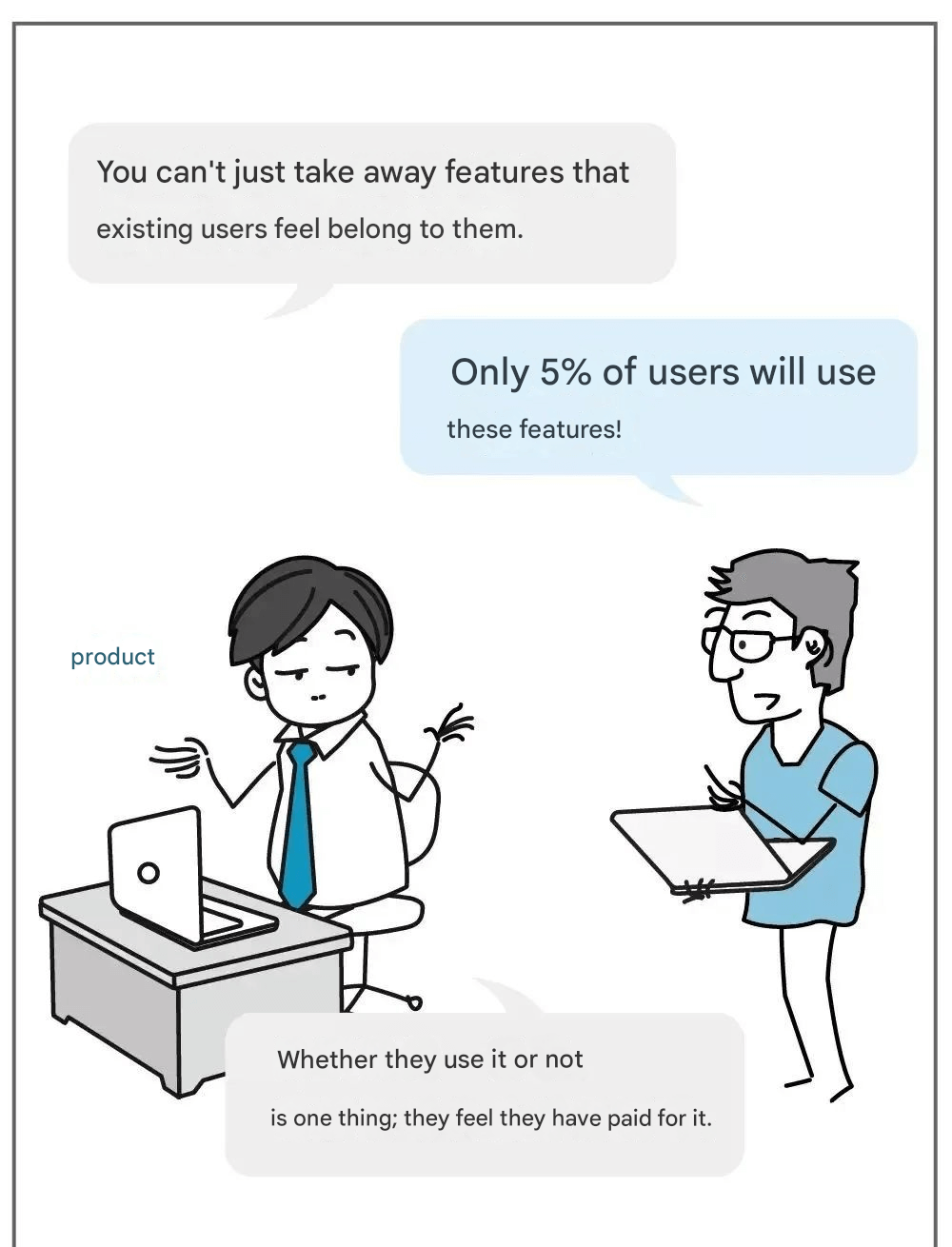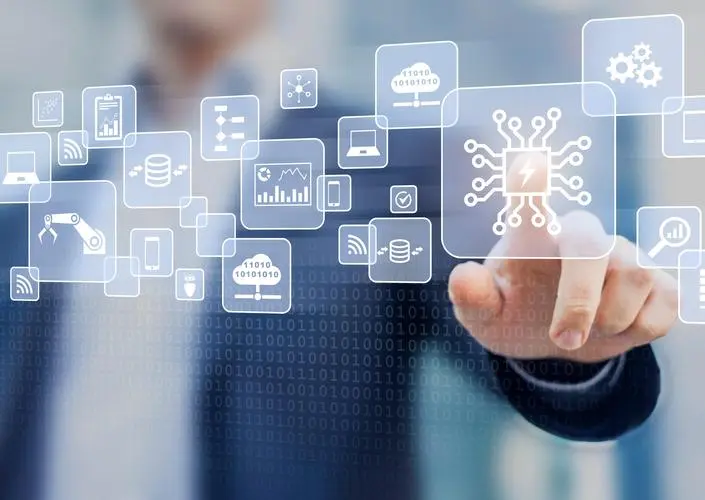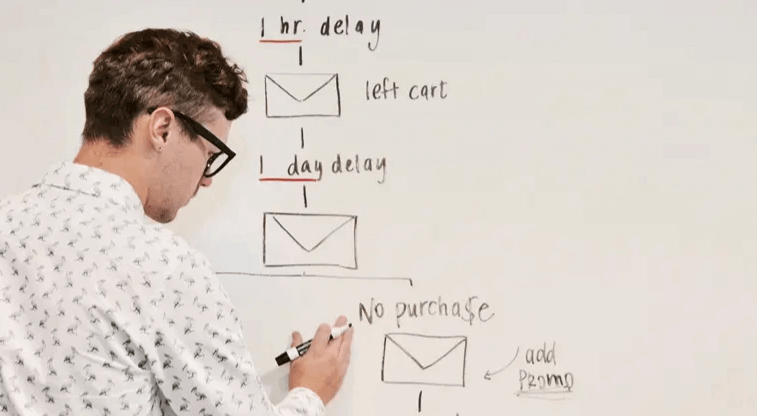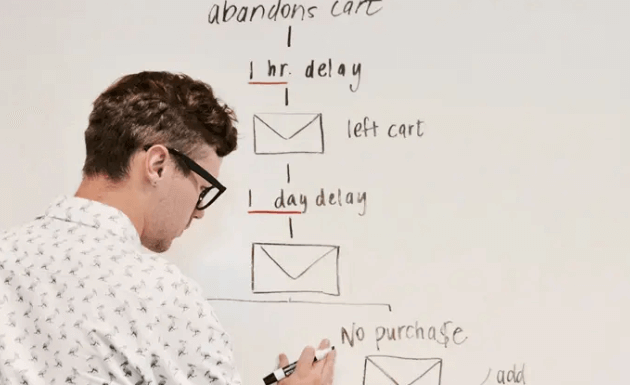In the ever-evolving landscape of B2B digitalization, bridging the gap between what customers truly need and what businesses provide is key to unlocking growth. As organizations strive to understand the "demand gap," the flow of information between suppliers, products, and customers holds the answer. By empowering customer-facing teams and fostering deep insights, companies can anticipate unmet needs, drive innovation, and enhance customer satisfaction. How can businesses build these capabilities to thrive in the digital era?
Reed Hastings, inspired by a $40 late fee, sparked the growth of Netflix.
The Nokia 1100, by seeing the world through the eyes of a Southeast Asian farmer, reached 250 million units in sales.
The Boston Symphony Orchestra improved customer retention by 40% by solving the issue of parking spaces for its customers.
In his book Demand, Adrian Slywotzky describes an ideal business scenario, showing how we can create demand and unlock the growth magic box:
By giving the product a magical appeal, by solving life's troubles, by creating a comprehensive context, by finding product triggers, by developing a 45-degree product improvement curve, and by avoiding the generalization of customers.
However, what caught my attention wasn't these six methods and paths to realize "demand," but rather a phrase mentioned only twice in his article:
No matter how much we consume, there is always a massive gap between the products and services we truly want and what we actually buy. This gap represents the opportunity to create new demand. By using this gap as a starting point for imagination, we can think about real-world problems from a demand perspective and generate new ideas.
We often say that the hardest part isn't solving the problem, but finding the problem. So how can we discover this gap?
Answering this question requires us to trace back one more level.
How Should Product Managers Excel in B2B Digitalization?
Every industry has embraced the wave of digital transformation, achieving rapid growth. Since B2B products serve enterprises, how should these companies ride the wave of digitalization?
The most basic elements of any business system are the supplier, the product or service, and the customer. The relationships within and between these three elements determine the efficiency of the business system, and these relationships are always driven by the flow of information.
From another angle, perhaps our focus shouldn't be on the gap itself but on the flow of information between these three elements to find answers.
Aside from those who happen to stumble upon a huge demand at the right time, we should rely on the "customer-facing" individuals within an organization to actively or passively capture the information flowing through the system. Through more standardized, complete, and systematic insights, we can uncover hidden gaps.
01 How Can We Build Organizational Capabilities to Achieve "Insightful Actions" and Identify the Customer's "Demand Gap"?
First, we need to have a clear understanding of the differences between supply and demand.
Every business dreams of growth, so we need organizations and talent that are deeply interested in understanding customer needs, and that have clear insights into the magical difference between what customers actually buy and what they truly need. Many companies believe they are that kind of company. However, the reality is that most companies are "anti-demand" organizations. They are loosely structured, departments are isolated, they focus on fulfilling yesterday's customer demands, and they are slow to react to the signals customers send through various behaviors.
Take a SaaS company as an example. From a business model perspective, pre-paid customers and customer lifetime value are the core scenarios. From the company's perspective, here's how they view customers before and after payment:
Before payment, the most important thing is to make the customer aware of and trust us. Therefore, reputation, promotion, marketing, referrals, and the ability to provide one-on-one solutions and products are crucial. Combined, they give the customer a "reason to be excited."
After payment, things become more complex. Expectations must be met, usage scenarios, business matching, process alignment, network latency, and operational risks come into play. The relationship between the company and the customer is no longer idealistic but pragmatic. To provide more professional services, the company offers customer service centers, customer success teams, renewal services, cross-selling, etc.
From the customer's perspective, the usage scenario looks like this (based on a successful case study):
I have a need, and this company's product can meet it, but I'm not yet familiar with how to use it.
I received a product that matches my expectations and comes with basic guidance for delivery and operation. It's not difficult or bothersome, and when needed, I can find someone or something—whether it's sales, an AI bot, or customer service—to resolve my issue. I expect you to solve my problems, not ask me the same questions repeatedly.
I became proficient and achieved some business results.
After using the product, I overcame some operational issues and bottlenecks and achieved business outcomes, such as performance growth, cost reduction, or staff workload reduction. The product is decent, and I'm willing to engage more, as long as it doesn't take up too much of my time. I'd like to receive more business guidance and success stories, and I’m willing to share some of my suggestions or challenges.
I’ve achieved great results and recognize your value.
As my use of the product deepened, and based on the various scenarios and case studies you've provided, my business has improved significantly. I'd be happy to invite you to my company for a more in-depth understanding of our processes, and I look forward to your continued service and products to help us grow.
Our partnership has deepened to a strategic level.
I can’t do without you now. We support each other and have embarked on more business growth experiments together. I'm willing to become one of your successful customers and share my experience, telling you where the major bottlenecks and needs lie in this business. Additionally, I’ll share the needs and challenges I’m facing that you may not have noticed yet.
02 Why Is There Always a Mismatch Between Supply and Demand?
The reasons are quite clear. The supply side always thinks from the perspective of efficiency, cost, and specialization of division of labor, while the demand side only thinks about their current needs and convenience. This difference leads to several issues that prevent insightful actions from being effectively implemented.
Demand Discrepancy: From the supplier's perspective, the needs before and after payment are the same. However, from the customer's perspective, their needs have already changed.
For example: The customer’s need before marriage was love, but afterward, it's about who’s doing the dishes.
Another example: The customer’s need is efficiency, but before purchase, they look for growth strategies and solutions; after purchase, they wonder why there’s no 24/7 customer service.
Information Overload: There’s too much information in the system for interacting with customers. Information appears in different places, and the location and role from which the information is received can lead to entirely different perceptions.
For example: How can we expect bank tellers and outbound call centers to gain insights into demand? Their primary concern is to meet performance goals by solving problems quickly. If they can’t solve the issue, they’ll try to resolve the customer who raised it.
03 After Understanding the Gap, What Is the First Problem the Supply Side Needs to Solve?
"Unify Thinking, Align Evaluations"
Unify thinking to resolve the problem of goal perception. Just like in the history of China's revolution, unifying thought is always the first step.
"Customer success is our only goal!"
Why is unifying thought important? The core issue is that what we need to do is too complex and dispersed across the entire customer lifecycle. Numerous touchpoints and touchpoint holders make controlling behavior difficult. Therefore, ensuring that everyone's understanding and fundamental cognition remain consistent is the optimal solution. Only in this way can everyone's initiative be leveraged without deviation.
Align evaluations to solve the problem of where interests lie.
Thinking represents intention, but evaluation drives behavior. If evaluations are not aligned, if there is no coherent top-down communication, consistent rewards and punishments, and unified actions, then any good strategy or expectation will be significantly diminished during execution.
Management team: Responsible for overall customer retention, churn, and growth.
Execution team: Responsible for customer retention, churn, and growth within their remit.
Establish "Customer Star" awards: Rewarding the entire chain of service for a customer.
Establish "Customer Black Hole" awards: Criticizing the entire service chain for failed services or severe complaints.
Regular testing: Conduct unified exams and public assessments of products, solutions, and service scenarios.
How to Create Pre-Conditions for "Insightful Actions"?
"Establish Standard Documentation, Break Information Barriers"
Create a CRM customer file. All relevant nodes across the entire chain must complete and record customer information following the standard archive content.
Break information barriers: Establish a shared platform. Within safe limits, customer information must be open to relevant stakeholders.
Utilize big data technologies: Establish a mechanism to alert for missing customer files or abnormal behaviors. For customers with incomplete information, abnormal behavior, or missing files, use human-machine interaction, staff follow-ups, or sales visits to complete the plan, or finally classify them as "invalid customers."
Customer classification, customer standards, customer labels, customer needs, and customer descriptions must be unified.
Establish internal Standard Operating Procedures (SOPs): Design the entire process chain based on basic customer management systems.
Finally, we need some organizational changes.
However, from the perspective of optimal efficiency and controlled costs, it is still unrealistic to expect every individual to master the skill of demand insight, especially when dealing with large volumes of SMB customers. Thus, it is necessary to introduce certain roles and adjustments within the organization.
Add the Role of "Demand Insight Officer"
Experienced product managers, senior service managers, or customer success personnel can serve as Demand Insight Officers. Using BI (business intelligence) to segment customers, they can track, follow up, visit, and conduct in-depth research on different customer segments monthly or bi-monthly, then produce reports or conclusions on demand insights. This way, the organization’s overall burden won’t increase, and the best cost-effectiveness in continuous deep customer insights can be achieved.
Add the Role of "Process Experience Officer"
By rotating roles within departments or hiring external part-time staff as Process Experience Officers, they can act as customers and anonymously experience the company’s sales and service processes. Their experiences can serve as the basis for evaluating the entire process to ensure that there are no blind spots or redundant points in the customer touchpoints.
In principle, through the above actions, we can establish the foundational capability for customer insight and begin to identify demand gaps that we previously overlooked. This can then serve as the basis for optimizing products or services.

